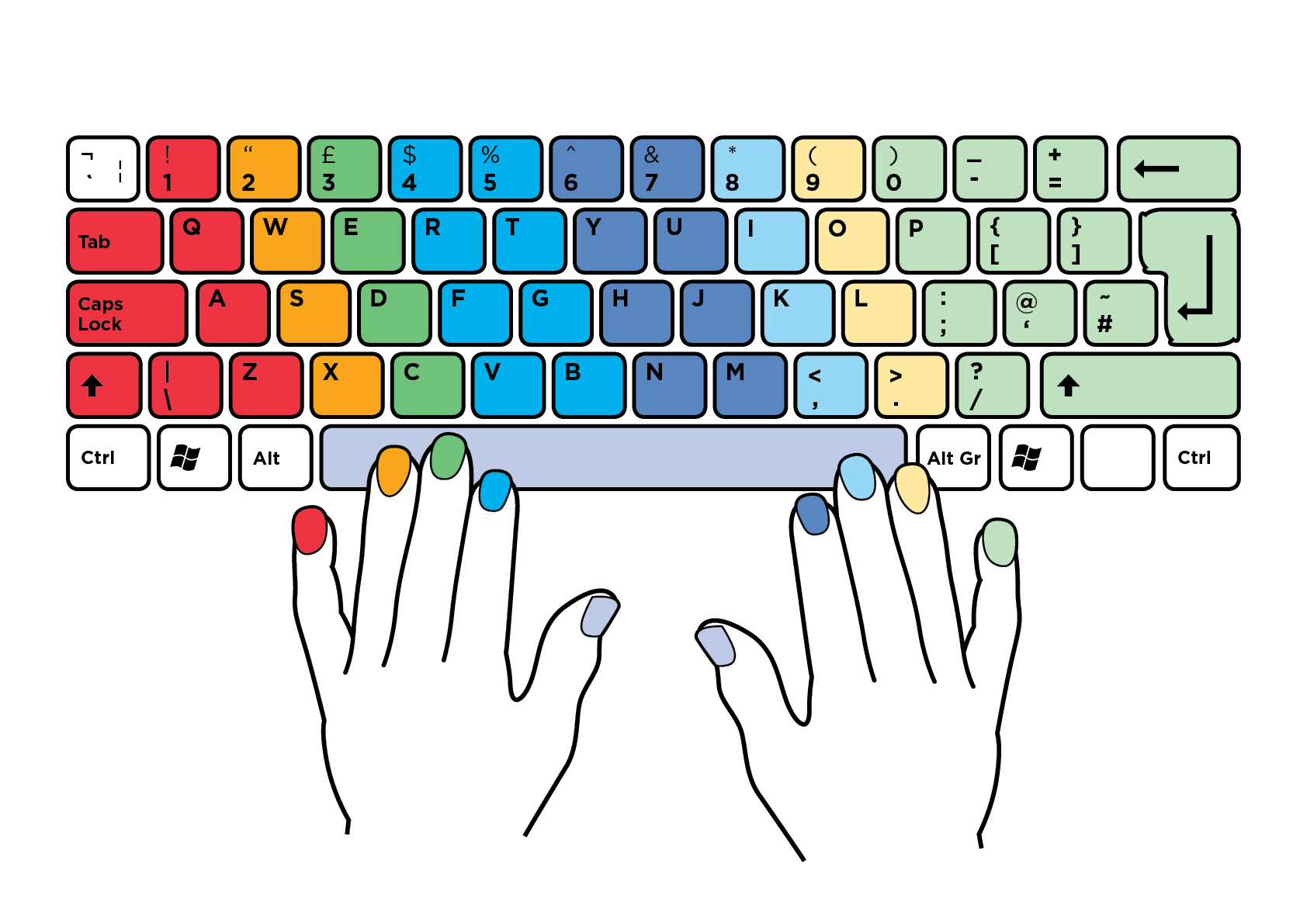Introduction to Typing Skills
Typing is an essential skill in today’s digital age. Whether you’re a student, a professional, or just someone who spends time online, learning to type can significantly improve your productivity and communication. As more of our daily activities shift online, from sending emails to creating documents and even socializing, efficient typing becomes an increasingly vital ability. Not only does it save time, but it also helps in reducing strain and fatigue during extended computer use. In this article, we’ll explore how to improve your typing skills through structured learning, practice, and dedication.
The Importance of Learning to Type
Learning to type goes beyond simply pressing keys faster. It is about accuracy, consistency, and developing a muscle memory that allows you to focus on your thoughts rather than the keyboard. Efficient typing opens doors to faster communication, allowing you to keep pace with your ideas and the fast-moving digital world. Moreover, good typing habits help reduce errors and improve the quality of your work, as you spend less time correcting mistakes. Typing is especially valuable in the workplace, where deadlines and productivity are crucial. A strong typing foundation is a long-term investment that continues to pay off in any career that involves significant computer use.
Methods to Improve Typing Speed and Accuracy
Improving your typing skills requires practice, patience, and the right approach. One of the most effective methods is to use online typing tutors or games that help you build muscle memory while keeping it engaging. These programs offer structured lessons on finger placement, speed drills, and error correction, ensuring that learners develop both speed and accuracy over time. Regular practice on these platforms, even for just 15-30 minutes a day, can lead to noticeable improvements. Additionally, it is essential to learn proper hand positioning—keeping your fingers on the home row and using all fingers for typing helps in distributing effort and reducing strain on the hands.
Maintaining Good Typing Posture and Ergonomics
As much as typing skill is important, maintaining good posture while typing is equally critical. Poor typing habits, such as hunching over or placing the keyboard too high or low, can lead to physical strain or long-term discomfort, especially with repetitive use. To maintain an ergonomic setup, ensure that your chair and desk are aligned to allow your wrists to remain straight and at a comfortable level. Keep your back supported, feet flat on the ground, and avoid slouching. This not only helps in reducing strain on your body but also allows you to type for extended periods without discomfort, enhancing productivity.
By mastering these typing techniques and maintaining good posture, you’ll be well on your way to becoming a proficient and fast typist. With consistent practice, you’ll see improvement in both your speed and accuracy, allowing you to communicate and work more efficiently.

